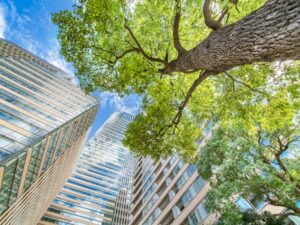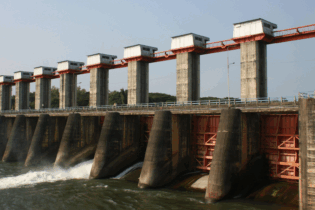Reducing a building’s carbon footprint is challenging, but the benefits are substantial.
By Frikkie Malan, Chief Commercial Officer at Remote Metering Solutions Efficient, low-carbon facilities utilise cost-effective solutions to minimise emissions while enhancing health, equity, and lowering operational costs. Property managers and building owners can consider several tools for carbon emissions reduction and cost savings:- Decarbonisation
- Electrification
- Efficiency
- Digitalisation
Energy efficiency saves energy supply costs and reduces future grid infrastructure expenses. Passive measures like improved insulation and high-efficiency equipment can lower overall electrical demand. In addition, real-time data and analytics enable energy efficiency and demand flexibility in buildings.
Energy-smart buildings can save up to 15% of energy through basic automated controls, with demand-controlled ventilation saving an additional 10%. Integrating building systems can yield incremental energy savings of up to 18% over basic HVAC and lighting control. Moreover, grid-interactive efficient buildings (GEBs) can reduce energy costs by up to 20% through active demand management. Considering the cost savings and environmental benefits, transitioning to low-carbon buildings through these interventions makes business sense. Partner with RMS, South Africa’s largest privately-owned utilities network manager to navigate this journey and comply with energy performance certification legislation.







